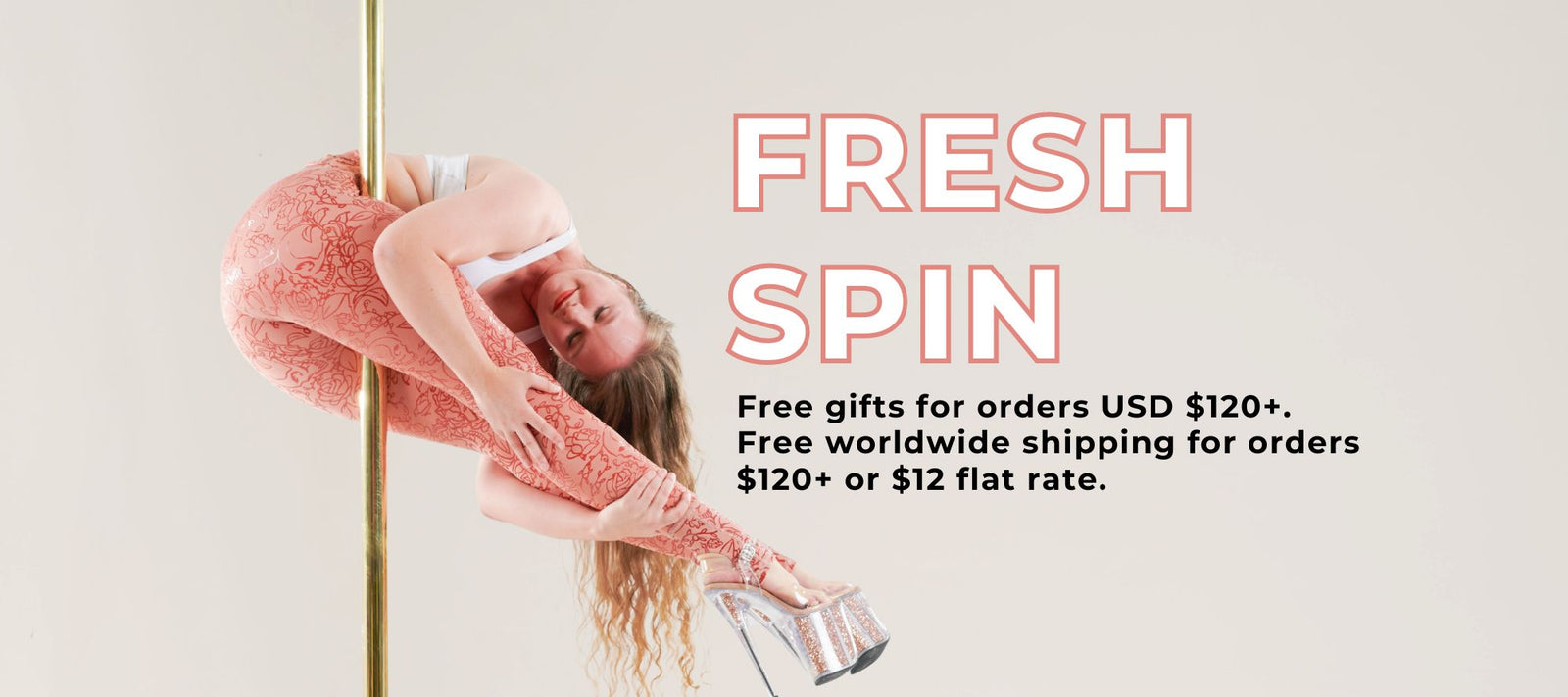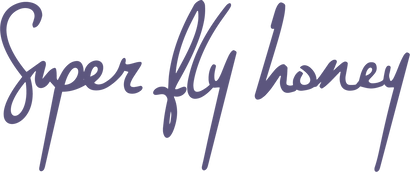FREE GIFTS & WORLDWIDE SHIPPING FOR ORDERS USD$120+
Menu
-
-
Sticky Pole Wear
-
CLEARANCE SALE
-
SHOP ALL
- Customer Gallery
-
Tutorials
-
Blog
-
Pole Stories
- Valyn: Redefining Pole Dancing as a Trans Poler
- Customer Story: Antonella Noce
- About Angelina Polerina
- Anastasia Skukhtorova: Performer Spotlight
- Quan Bui: His Inspiring Pole Dancing Journey Part 1
- Quan Bui: His Inspiring Pole Dancing Journey Part 2
- Quan Bui: His Inspiring Pole Dancing Journey Part 3
- Quan Bui: His Inspiring Pole Dancing Journey Part 4
- The Search for Knowledge - The Story of Destynnie and how Polepedia came to be
-
Pole Essentials
- 2023 Best Dance Pole for Home Use
- 5 Halloween Pole Tricks to Try Out
- Halloween Pole Outfit Ideas
- 7 Different Hand Grips of Pole Dancing
- 6 Tips to Create a Pole Dance Competition Video
- 5 Reasons To Start Pole Dancing (Even if You’re 50+)
- How Tos to Join a Pole Dance Competition
- Different Types of Pole Dancers
- 5 Reasons to Try Exotic Pole
- Sticky Leggings: Questions About Size, Fit, and Grip
- Pole Dancing for Beginners: A Must-Read to Get Started
- Your All-In-One Guide to Pole Dancing at Home
- Pole Dancing Bruises: 5 Ways to Heal Faster
- Get Better at Pole Dancing: 10 Tips for the New Dancer
- 8 Perfect Gift Ideas for a Pole Dancer
- 10 Benefits of Pole Dancing
- Getting Into Pole Dance? Find Online Pole Dancing Classes!
- Quarantine Workout with Pole Dancing
- 10 Safety Rules for Pole Dancing
- Top 10 Halloween Pole Costume Ideas
- 10 Tips To Perfect Your Body Lines
- Dance Knee Pads: 4 Reasons Why They are Essential in a Pole Exotic Routine
- 3 Benefits Why the Right Pole Wear is Essential for a Perfect Performance
-
Pole Stories
-
- Login
-
USD

FREE GIFTS & WORLDWIDE SHIPPING FOR ORDERS USD$120+
Add description, images, menus and links to your mega menu
A column with no settings can be used as a spacer
Link to your collections, sales and even external links
Add up to five columns
Add description, images, menus and links to your mega menu
A column with no settings can be used as a spacer
Link to your collections, sales and even external links
Add up to five columns


Rotator Cuff Exercises
April 26, 2021 4 min read

What is a rotator cuff? What causes rotator cuff injuries? And what complications can result from them?
Rotator cuff is a group of muscles and tendons that hold the shoulder joint in place, that allows you to move your arm and shoulder. A rotator cuff injury can create deep pain in the shoulder which could affect your sleep, weakness on your arm and reduced range of motion.
Rotator cuff injury may occur when there is an excessive use of your shoulder or a wear and tear of the tendon tissue, such as repetitive overhead activity or heavy lifting over a prolonged period of time, a shoulder mount for instance.
This could increase irritation, stress, frustration and also stops you from doing other physical activities. Generally, the chances of having a rotator cuff injury are higher when we grow older, repetitive arm motions, often overhead and family history.
For severe cases, without proper treatment, rotator cuff problems may lead to permanent loss of motion, weakness or it may result in progressive degeneration of the shoulder joint. Sometimes, it is okay to let your shoulder rest, however, if you keep your shoulder immobilized for a long period of time, it can create tightness to your shoulder. In other words, a frozen shoulder.
Rotator Cuff Exercises and Their Importance
If you are at risk of rotator cuff injuries because of the activities that you do (for example pole dancing) or if you've had a rotator cuff injury in the past, daily shoulder strengthening exercises can help prevent future injury.
Most people exercise the front muscles of the chest, shoulder and upper arm, but it is equally important to strengthen the muscles in the back of the shoulder and around the shoulder blade to optimize shoulder muscle balance.
We’ve featured 8 exercises to strengthen your rotator cuff. All you need is your pole and a resistance band. Keep on reading to see how to do these exercises. If you’re more of a visual and auditory learner, we’ve got a video for you too at the end.
Abduction and Adduction Rotator Cuff Exercise
Number of repetitions: 10-15 on each side
Number of sets: 2-3 rounds for every exercise on both arms.
Abduction exercise focuses on the muscles outside the arm.
- Attach your resistance band to the lower part of the pole.
- Stand next to the pole and pull the resistance band away from the pole, while keeping your elbow slightly bent.
Adduction exercise focuses on the muscles inside the arm.
- Attach your resistance band to the higher part of the pole.
- Stand next to the pole and pull the resistance band away from the pole from shoulder height.
Lateral Internal and External Rotator Cuff Exercise

Number of repetitions: 10-15 on each side
Number of sets: 2-3 rounds for every exercise on both arms.
Lateral internal exercise focuses on the muscles inside the arm.
- Attach your resistance band to the pole at shoulder height.
- Stand in front, body facing away from the pole and rotate the hand forward, pulling the resistance band outwards. Make sure to keep your elbows stable and at shoulder height at the right angle.
Lateral external exercise focuses on the muscles outside the arm.
- Attach your resistance band to the pole at shoulder height.
- Stand in front, facing the pole and rotate the hand back, pulling the resistance band outwards. Make sure to keep your elbows stable and at shoulder height at the right angle.
Ventral Internal and External Rotator Cuff Exercise

Number of repetitions: 10-15 on each side
Number of sets: 2-3 rounds for every exercise on both arms.
Ventral internal exercise focuses on the muscles inside the arm.
- Attach your resistance band to the pole at shoulder height.
- Stand next to the pole and rotate the hand away from the pole, pulling the resistance band inwards. Make sure to keep your elbows stable and at shoulder height at the right angle.
Ventral external exercise focuses on the muscles outside the arm.
- Attach your resistance band to the pole at shoulder height.
- Stand next to the pole on your side and rotate away from the pole, pulling the resistance band outwards. Make sure to keep your elbows stable and at shoulder height at the right angle.
Medial Internal and External Rotator Cuff Exercise

Number of repetitions: 10-15 on each side
Number of sets: 2-3 rounds for every exercise on both arms.
Medial internal exercise focuses on the muscles inside the arm.
- Attach your resistance band to the pole just above hip height.
- Stand next to the pole on your side and pull the resistance band away from the pole, going inwards. Keep your forearm parallel to the floor and elbow tucked to the side of your body.
Medial external exercise focuses on the muscles outside the arm.
- Attach your resistance band to the pole just above hip height.
- Stand next to the pole on your side and pull the resistance band away from the pole, going outwards. Keep your forearm parallel to the floor and elbow tucked to the side of your body.
Enjoyed these exercises but more of a visual learner? Here’s a full video tutorial for you to watch. We’ve also got another great rotator cuff exercise that doesn’t involve that much equipment too.
Our instructor, Marco Zheng
Marco Zheng was born and raised in the Solomon Islands with a Chinese background. He is currently living in Brisbane, Australia working as a martial arts instructor and a fitness trainer specialise in strength, mobility and flexibility.
You can find him on Facebook and Instagram. Also check out Marco Zheng Fitness app to join his 6 week body & mind transformation challenge program.
Subscribe
Sign up to get the latest on sales, new releases and more …

